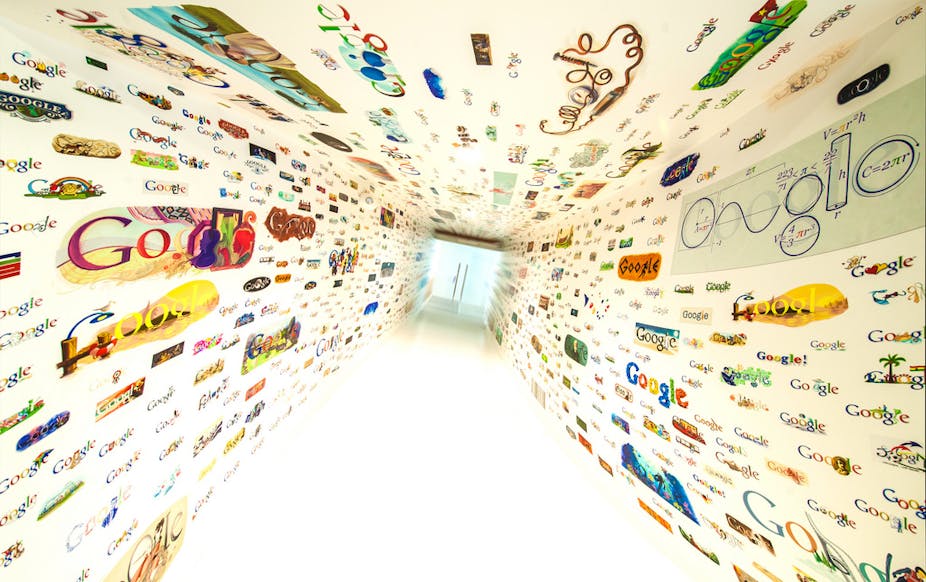It’s been a remarkably busy year for Australian media policy.
There have been three major reports released that address the future of media policy and regulation in the context of convergent media: the Convergence Review; the Independent Media Inquiry (Finkelstein Review); and the Review of the National Classification Scheme.
In fact, 2012 marks the most significant moment in Australian media policy since the 1990s, when the Broadcasting Services Act, the Telecommunications Act and the Classification Act were all legislated. While these were major initiatives at the time, they were pre-Internet forms of media law that did not anticipate the tsunami of change associated with digitisation, convergence and the globalisation of media.
Leading the world
While other countries are still considering how to adapt their media laws for convergence, Australia has been a world leader in addressing these challenges.
A common theme of all reports is that incremental change is no longer sufficient. Media regulation cannot continue to be primarily based upon the platform of delivery (print, radio, television, the internet) when convergence has dislodged the technological bases that used to tie content to platforms.
The Australian Communications and Media Authority refers to “broken concepts”, that exist in current media law. Some of these are anachronistic, such as the ban on live hypnosis on television. Others address a once-important concept that has been overwhelmed by new developments, such as the separation of control over the delivery platform from the provision of content.
Justified intervention
The Convergence Review identified three areas where continued government intervention is justified.
First, there is the need to maintain a degree of diversity in media ownership and control.
Second, there is the question of content standards, both in terms of news standards and classification of media content in line with community standards.
Third, there are expectations that locally produced content that is broadly reflective of Australian culture, identity and diversity will continue to be available.
But the question of who should be regulated has become much more complex in a convergent media environment.
Regulating the internet

In discussions of media influence, a distinction is commonly made between “big media” on the one hand, who should be regulated more (the name “Rupert Murdoch” will often appear at this juncture) and the internet on the other, which should not be regulated at all.
But “the internet” is as much The Australian online, BBC World, CNN.com or ABC iView, as it is blogging, online mashups or user-created content.
In other words, the commercial and the non-commercial, the mass media and citizen media, co-exist in the same online space. The question of media influence returns in a different form.
Singling out big media
The Convergence Review sought to address the question of when a media organisation becomes “big”, and hence appropriately subject to regulations, based on its potential for influence, with the concept of a “Content Service Enterprise” (CSE).
The Final Report defined a CSE as a media content provider which has more than 500,000 Australian users per month, and $50m per annum of revenue from Australian-sourced professional content.
Interestingly, the 15 companies that met these guidelines are all conventional media businesses. But the CSE label could in principle be extended to companies such as Telstra, Google and Apple, depending upon where thresholds are set and future growth trajectories.
If the CSE concept were extended to global media companies, the question would arise of Australian jurisdictional authority over these businesses. Rather than maintaining the current fiction of unenforceable laws, it may be that deeming provisions could exist so that decisions made elsewhere could be applicable under Australian laws and regulations.
An example applies with computer games, where classifications developed in North America or Europe could be deemed to apply to games sold in Australia. Another version of deeming would be to recognise the classifications given to media content by online stores such as Apple iTunes or the Google Android platform, subject to approval of the standards applied by the Australian regulator.
Regulating the regulator
Much attention has been given to the question of “who regulates”. One message that came through from the National Classification Review was that Australians were less concerned with who classified different media than with the question of trusting those doing it to have an appropriate professional distance from corporate self-interest.
Another difficulty is that convergent media policy brings together different organisational cultures and traditions of regulation. So what looks like deregulation for broadcasters can look like more regulation from the point of view of newspapers. And naturally each sector will present what is in their interests as being in the public interest more broadly.
But even these traditions of media policy horse-trading, which are a long standing feature of the Australian media policy landscape, are changing.
Whereas it is still pretty clear who constitutes the television industry or the newspaper industry, it is less clear what constitutes digital content or social media industries.
Meeting with Apple, Google, Facebook or Microsoft introduces you to very different corporate entities, with very different corporate cultures, business models, and relationships to their consumers.
Establishing a new regulatory framework for convergent media raises not only the challenges of established media operating across different platforms, but the ever-growing fluidity attached to the concept of “media” itself.

